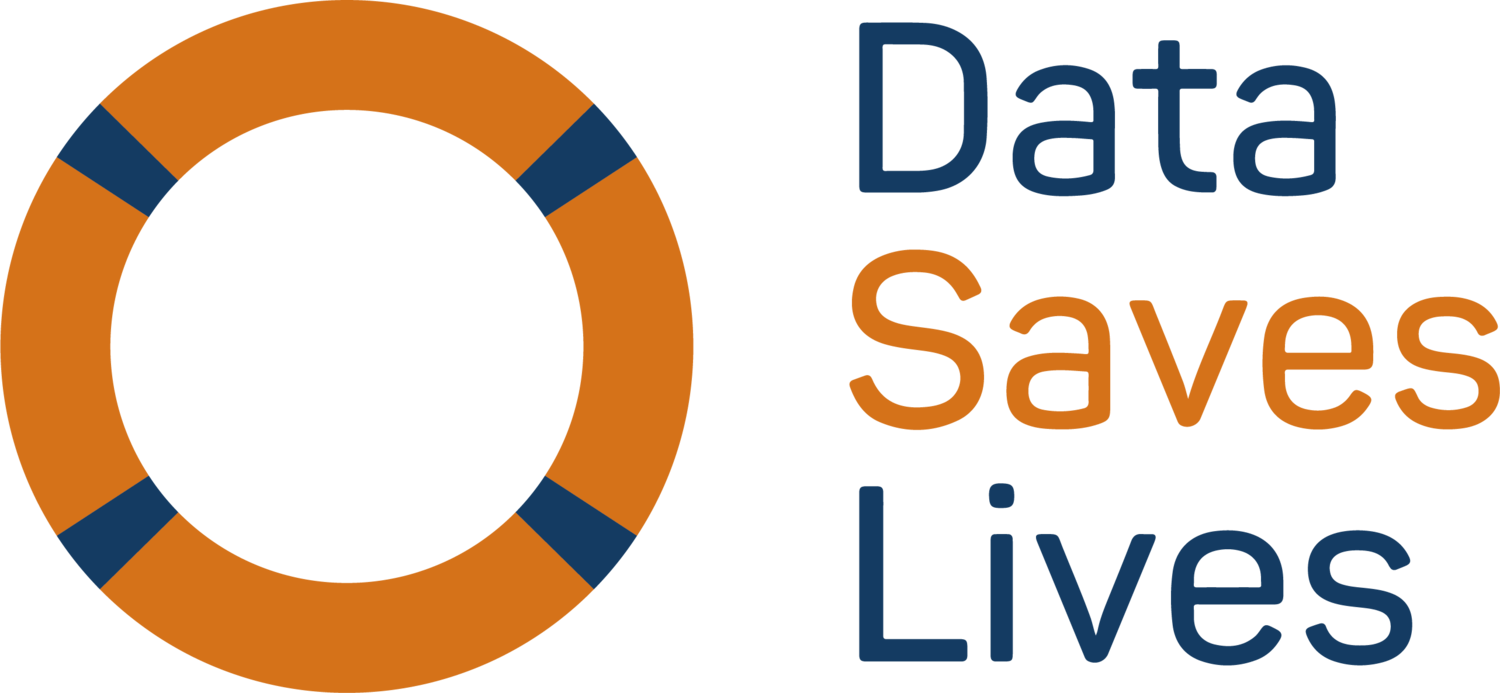In our latest blog, Clara Heathcock, Chronic Urinary Tract Infection patient, shares her personal experience of falling ill in a country where her disease was not recognised, and the importance of health data coding in identifying conditions and appropriately treating them.
In March 2022, I was living happily with my boyfriend in Aotearoa, New Zealand (NZ), when I suddenly started to feel unwell. I developed a deep abdominal pain, like no stomach-ache I’d ever had before. When the feeling didn’t pass, I sought medical attention, and so began a long and unexpected journey that would end in me having to uproot my entire life at short notice and ultimately, having to leave the country in order to access basic healthcare.
The sad news: a lack of accessible health data contributed to what happened to me, and to so many other women worldwide. The happy news: while the problem may lie in health data, so might the solution.
I have a condition called Chronic UTI (CUTI). I came to the diagnosis via a circuitous route. I had been peripherally aware of the condition for a while, though I had never imagined that it would come to affect me personally. A friend of mine had it, plus there had been an increase of press coverage about the condition in the months leading up to my leaving the United Kingdom (UK) for New Zealand. I mentally filed this alongside all of the other endless scraps of fun facts, infographics and memes we all consume on a daily basis, and promptly forgot all about it.
Back to early 2022, and having gone to great lengths to get a visa to live in New Zealand, and then even greater lengths to actually enter the country during their 2021 border closure, I was busy settling in and enjoying my hard-earned time there. The plan was to stay for a minimum of a further two years. I had started feeling mysteriously unwell though, and what’s more medics where I was couldn’t seem to make sense of it. Eventually I was given a diagnosis of Interstitial Cystitis (IC) – inflammation of unknown cause in the bladder. This never sat quite right with me, so I began to research and discovered a complex story – one with health data at its core.
At the turn of the Millennium in London, Professor James Malone-Lee was analysing medical code trends, when he noticed a dramatic rise in hospital admissions coded against IC, starting in 2002. Also in 2002, the first guidelines indicating that a simple urinary tract infection should be treated with just three days (rather than one-to-two weeks) of antibiotics were published. Could the two facts be connected? Was it possible that for some people the mysterious, incurable inflammation known as IC was actually an under-treated infection? Advanced urine testing of patients diagnosed with IC revealed this to be true. The vast majority had high counts of white blood cells in their urine, which is the body’s innate response to infection. When treated with high-dose, long-term antibiotics, most of these so-called uncurable patients made full recoveries. What led Malone-Lee to crack the code? The clue was in the data all along.
What’s fascinating about this story from a health data perspective is the value in coding, even when new information later reveals that the code used is inaccurate, or that cases need to be re-classified. Our researchers need a way to track when disease prevalence increases – it points them to where to start digging for explanations.
While I strongly advocate for introducing CUTI as its own code across the world, I recognise that we would never have got to the point where the disease and its treatments were discovered at all were it not for the data logged against the IC code. Being able to track the exact timing of a sudden explosion of case numbers of “IC” provided a valuable clue as to what was causing all that mysterious inflammation all along.
Sat in my bedroom in Wellington reading about Malone-Lee’s breakthrough, I started to question my own IC diagnosis, and began building a case for my doctor to re-consider. While CUTI is now an accepted diagnosis in the UK, the New Zealand medical system is yet to recognise it. With no code for CUTI, there was no way for my NZ doctor to diagnose me with it. She wasn’t even able to order the requisite test (“why test for a disease that doesn’t exist”, the lab replied). Even though she believed me on a personal note that CUTI was the likely cause of my issues, without a CUTI code and all that it would unlock, her ability to treat me or to monitor treatment progress was limited.
Eventually I made the extremely difficult decision to leave New Zealand. Promptly upon my arrival back in the UK I was tested using Malone-Lee’s methods and infection was found. With more and more women in the UK getting their IC diagnosis re-coded as CUTI, I’m curious to see what developments in treatment the next decade will bring. With a known patient body comes huge research opportunities.
Happily, with access to the existing treatments, my CUTI symptoms are slowly improving, though I have suffered one unexpected side effect… a burning passion for accessible global health data.


